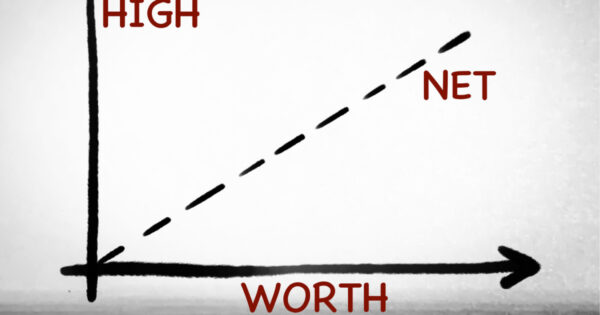Ex-US: Opportunities abound in Europe as investors seek to diversify

US exceptionalism – once unchallenged as economic orthodoxy – has been cast into doubt over the last six months. Amid escalating trade tensions and rising economic uncertainty, investors have been seeking to diversify their investments away from the US, with a European revival emerging as a major new source of portfolio stability and even growth.
“Europe and its largest economy, Germany, have notably benefited from this shift by outperforming the US early in the year,” write Rajesh Gandhi, senior portfolio manager and Bernard Chua, senior client portfolio manager from global investment giant American Century.
The pair lists three factors that suggest a further tailwind for growth in the European market: a massive ramping up of defence spending within the bloc, an upswing in demand for industries well represented on the continent, and an investor-friendly policy rate strategy from Europe’s central bank.
Europe’s commitment to ramping up military spending has fuelled investor bullishness in the bloc.
Under its ReArm Europe Plan/Readiness 2030 plan, which seeks to mobilise up to €800 billion for defence investments, the EU would allow member states to deviate from the bloc’s fiscal rules, dedicating an additional 1.5% of each member’s gross domestic product (GDP) to defence.
Over four years, this policy could generate a further €650 billion in spending, a substantial increase on the €380 committed in 2024.
As well, the plan supports the creation of a savings and investment union to facilitate Europeans’ investments in local companies, and encourages orders from EU-based suppliers.
A second factor is Europe’s sector make-up, with a stronger emphasis on advanced manufacturing and financial services industries, which may prove advantageous for the continent.
While the tech-heavy US equities market has reaped the rewards of the recent artificial intelligence boom – with the AI hype only now beginning to wane – Europe’s more finance-focused economy could improve growth prospects in coming years.
Gandhi and Chua note that improved loan pricing and economic activity could bolster earnings for European banks.
As well, industrial companies account for a larger share of Europe’s economy than those in the US, with many “poised to see improving growth prospects due to low inventories and rising demand”, the pair said.
“We’ve seen positive developments in European manufacturing. Demand seems to have bottomed out and is now climbing with an increase in new orders.”
“This trend is illustrated by the rise of the HCOB Eurozone Manufacturing PMI® Index, which reached 50.5 in March, marking the highest level in nearly three years.”
Finally, they note, the European Central Bank (ECB) has been quicker to act on rate cuts than the US Fed, last month reducing its key interest rate from 2.5% to 2.25% to help spur growth within the bloc. The US, meanwhile, funds rate has maintained ranges of between 4.25% to 4.5% (down from a peak of 5.5% in August 2024) – among the highest of developed nations.
Potential roadblocks
While recognising “great potential in European stocks”, Gandhi and Chua warn that a number of factors could hinder the region’s growth prospects.
Firstly, the US’s mercurial trade policies. The prospect of higher US tariffs introduces a potential headwind for Europe, pushing the region – which has experienced only modest growth of late – they note, into recession.
“Even before President Donald Trump’s recent tariff announcements, the ECB predicted real GDP would grow just 0.9% this year, 1.2% next year and 1.3% in 2027,” the pair wrote.
Furthermore, citing Goldman Sachs, the pair warn that governments may seek to offset increased spending with higher taxes or reducing spending elsewhere, potentially hampering wider economic growth.
As well, the EU’s political disunity and at times inability to pass legislation, as well as its tighter regulation compared to other markets, could hobble growth.
Gandhi and Chua argue that, while politically unpopular, greater deregulation could “sharpen [the bloc’s] competitive edge”.
Based on this mix of opportunities and roadblocks, American Century has taken it says a “selective approach to European investments”.
“We think our bottom-up investment philosophy is well-suited to these times. By seeking specific companies with accelerating growth, we aim to identify equities in areas of the market that others tend to overlook.”











Another joke from the SMC - they think they're special.
That'll be $31,300 thanks. Hypocrites. Joke of an institution.
Fine them $32,000 for the admin error
So we can just say no and walk away then? It’s Ironic that Industry Funds on one hand want to…
“profit to member” funds should not be handed a bill for the misdeeds of others. The most hypocritical ever, Industry…